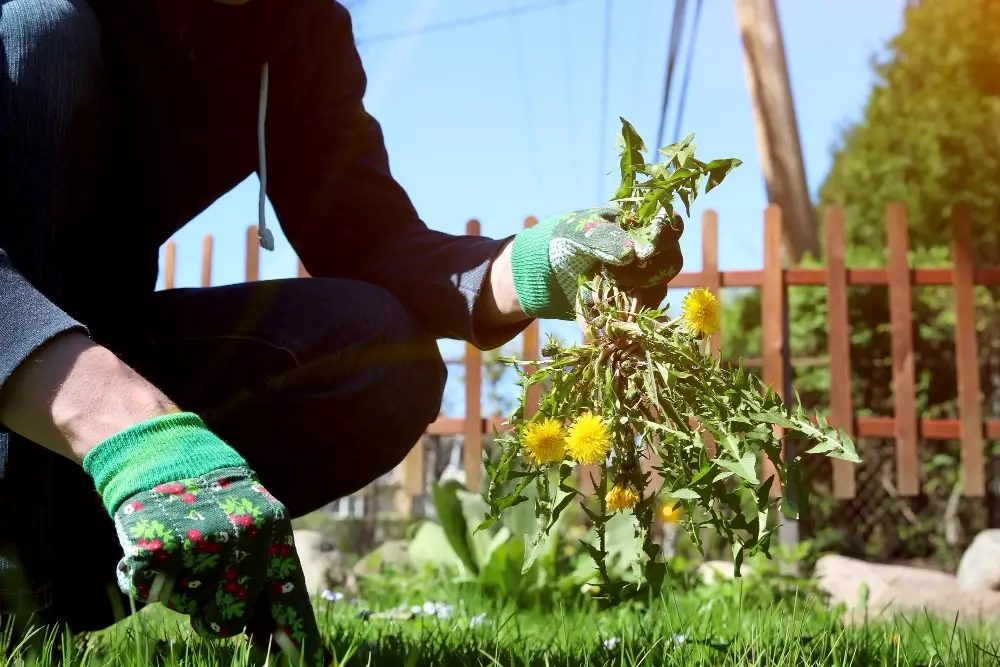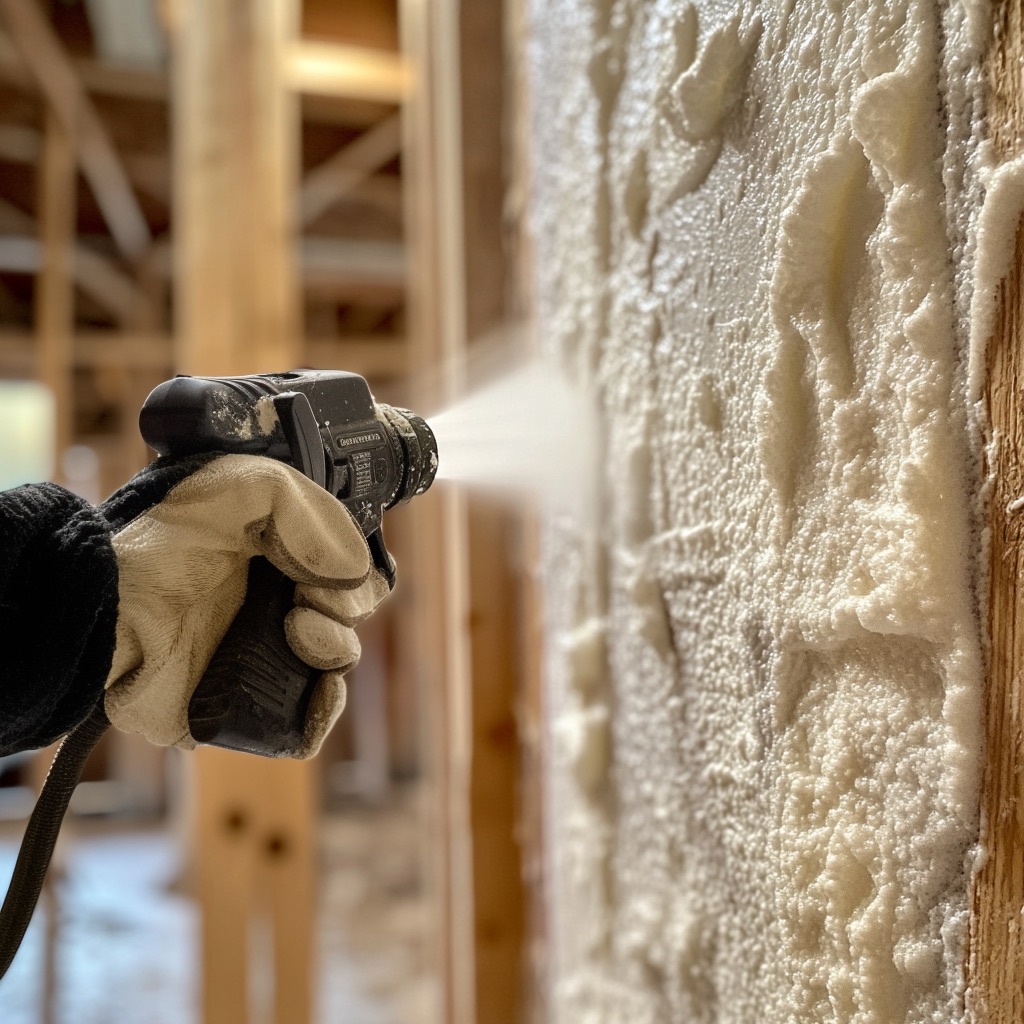Maintaining a lush and healthy lawn is both an art and a science that requires patience, dedication, and a bit of know-how. Whether you’re a seasoned gardener or a first-time homeowner, this full guide addresses everything from soil composition to mowing techniques, ensuring your lawn stays green and vibrant throughout the year.
With the right strategies in place, the dream of a perfect lawn is well within reach. Let’s dive in and turn your outdoor space into a thriving carpet of green that’s both pleasing to the eye and a source of personal pride.
Regular Mowing

Maintaining a well-manicured lawn can be a great source of pride for any homeowner, but achieving that perfect appearance takes dedication and effort. One of the most important things you can do to keep your grass looking its best is regular mowing.
If you don’t have a lawn mower in your arsenal, you can take advantage of a dealer locator to find the best electric mowers in your area. You will want to invest in a high-quality mower with sharp blades as dull blades can cause uneven cuts and tear the grass instead of cutting it cleanly. As a rule of thumb, you should sharpen your mower’s blades at least once every season.
Make sure to mow when the grass is dry — wet grass can be difficult to cut and may even damage your mower. Adjust the cutting height according to the season, with a higher setting in hot weather and lower in colder months. This way, you can avoid stressing the lawn and promote healthy growth.
Proper Watering
To maintain a lush, green lawn, proper watering is a necessity. While it may seem counterintuitive, watering deeply but infrequently is the most effective method. When you allow the water to penetrate deeply into the soil, you encourage the roots to grow deeply as well.
Always aim for about 1 inch of water per week, including rainfall, to keep your lawn healthy and hydrated. Consistency is key as sporadic watering can lead to stress and damage. With the right watering schedule, you’ll have a beautiful lawn that’s the envy of the neighborhood.
Weed Management

Weeds can quickly take over your lawn if not addressed promptly. To keep them at bay, consider manual removal or the use of herbicides. It’s important to follow the application guidelines for your specific lawn type since different grasses may react differently to certain chemicals.
While manually pulling weeds can be effective, it can also be time-consuming and difficult for larger areas. Herbicides can be a quicker solution, but it’s important to use them carefully and according to the manufacturer’s instructions.
Fertilization
No matter the type of grass you have, apply the appropriate fertilizer for your soil and grass type. Usually, the best time to fertilize your lawn is during the spring and fall. These seasons provide the ideal temperatures for grass growth and nutrient absorption.
The right type of fertilizer will promote healthy growth for your lawn and help it withstand harsh weather conditions. Don’t forget to water your lawn after applying fertilizer to ensure the nutrients reach the soil.
Aeration
Aeration is the process of creating small holes in the soil to improve the flow of nutrients and oxygen to the roots of the grass. When soil becomes compacted, it can block the absorption of these vital elements, which can lead to poor lawn health and even disease.
Aerating your lawn once a year, usually in the fall, can improve the overall health and appearance of your grass. You can use an aerator machine or manual tools to complete this task
Overseeding
Overseeding is the process of spreading grass seed over existing turf to fill in thin or bare spots. Apart from increasing the overall density and appearance of your lawn, overseeding prevents weed growth.
Before overseeding, make sure to aerate the lawn to create an ideal environment for the new seeds to take root. Choose a high-quality grass seed that matches your current lawn, and follow the instructions for proper application. With consistent watering and care, your new grass will blend in seamlessly with the rest of your lawn.
Maintaining a vibrant lawn requires a combination of regular care and timely interventions. By following this guide and incorporating practices like regular mowing, proper watering, diligent weed management, appropriate fertilization, periodic aeration, and overseeding as needed, you’ll ensure the health and beauty of your lawn for years to come.
Keep in mind that each lawn is unique, and its care will be reflective of its specific needs and your local climate. With dedication and the right approach, your lawn will be sure to become a cornerstone of your home’s visual appeal and a testament to your hard work.
Recap




